Agriculture is in the midst of a technological revolution, with new agricultural machines and equipment redefining the way we cultivate crops, raise livestock, and manage farms. These cutting-edge machines are designed to enhance efficiency, reduce environmental impact, and address the evolving needs of modern agriculture. In this article, we explore a selection of these innovative agricultural machines, highlighting their names and the transformative uses they bring to the industry.
1. Autonomous Tractors
Use: Autonomous tractors are equipped with GPS, sensors, and advanced automation technology, allowing them to navigate fields, plow, plant, and harvest crops without human intervention. They enhance precision agriculture by reducing overlaps, saving time, and optimizing fuel and resource use. John Deere’s AutoTrac™ system, for example, enables farmers to program routes and tasks, significantly increasing productivity.
2. Drones for Precision Agriculture
Use: Agricultural drones are revolutionizing the way farmers manage crops. The DJI Agras MG-1P, for instance, is designed for crop spraying. These drones can precisely apply pesticides, fertilizers, and herbicides to specific areas, reducing chemical use, minimizing environmental impact, and enhancing crop health. They can also capture aerial imagery to monitor crop health and detect diseases and nutrient deficiencies.
3. Robotic Weeders

Use: Tertill is a small, solar-powered robot designed to patrol vegetable gardens and eliminate weeds. It uses sensors to distinguish between weeds and desirable plants and then removes the weeds with a weed-whacking string trimmer. This technology reduces the need for manual weeding, saving farmers time and labor while promoting chemical-free weed control.
4. Crop Harvesting Robots
Use: Harvesting robots, such as the Octinion Rubion, are designed to pick fragile fruits like strawberries and tomatoes with precision. These robots use cameras and machine learning algorithms to identify ripe fruit, minimizing damage and reducing the need for manual labor. They offer significant labor savings, reduce waste, and improve the quality of harvested produce.
5. Autonomous Orchard and Vineyard Robots

Use: Robots like the VineyardRobot are designed to navigate vineyards and orchards, performing tasks like pruning, spraying, and harvesting. They can operate autonomously, follow predefined routes, and adapt to changing terrain. These machines improve efficiency, reduce labor costs, and help maintain consistent crop quality.
6. Soil Health Sensors
Use: Soil health sensors, like the Sentek EnviroSCAN, provide real-time data on soil moisture levels and temperature at various depths in the soil profile. This information helps farmers make informed decisions about irrigation, nutrient management, and planting schedules. By optimizing resource use, these sensors contribute to sustainable farming practices and increased crop yields.
7. Precision Planters

Use: Precision planters, such as the Kinze 4900, allow farmers to plant different crop varieties or hybrids in a single pass. These planters automatically adjust seed rates and placement based on soil conditions and field maps. The result is improved yield potential and resource efficiency, as well as the ability to tailor planting to specific soil types or management goals.
8. Smart Irrigation Systems
Use: Smart irrigation systems, like those offered by Netafim, provide precise control over water distribution in fields. These systems use sensors, weather data, and automation to optimize irrigation schedules and reduce water wastage. By delivering water directly to the root zone of plants, drip irrigation also improves water-use efficiency and crop yields.
9. Robotic Milking Systems
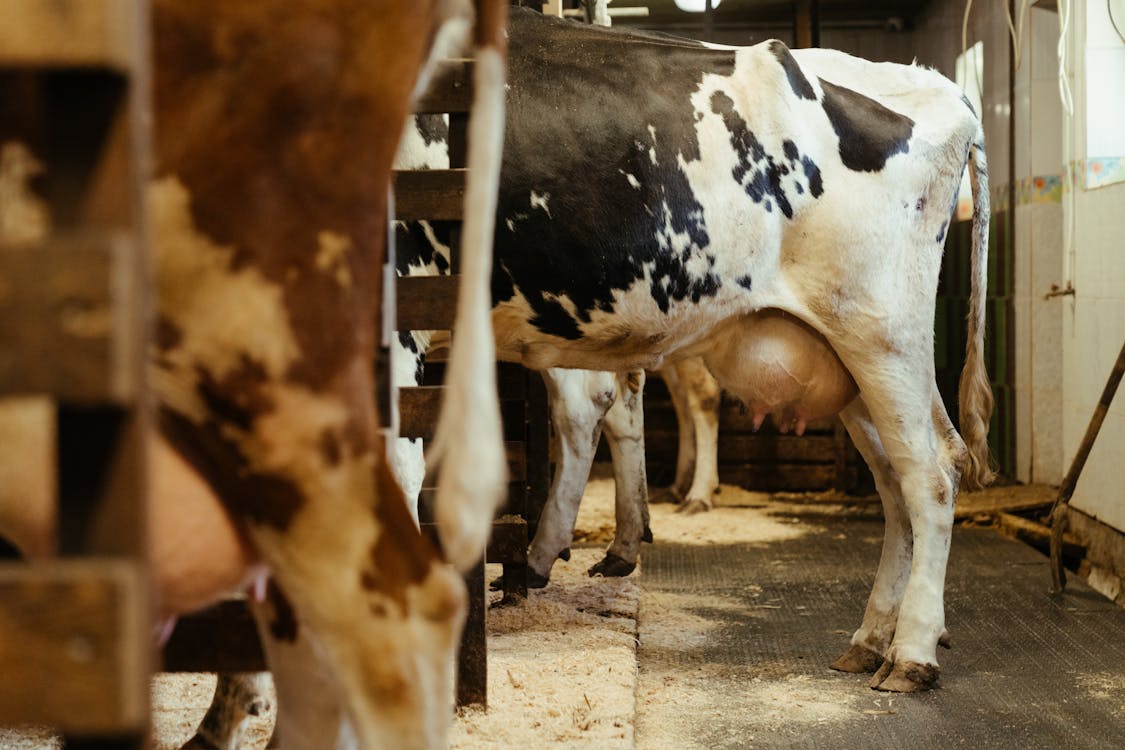
Use: Robotic milking systems, such as the Lely Astronaut A5, automate the milking process for dairy cows. These systems use sensors and robotic arms to clean, sanitize, and milk cows without human intervention. They also monitor cow health and milk quality. Robotic milking reduces labor requirements, improves cow comfort, and allows for more frequent milking, ultimately increasing dairy farm efficiency.
10. Vertical Farming Systems
Use: Vertical farming systems, exemplified by AeroFarms, enable year-round cultivation of crops in controlled indoor environments. These systems use LED lighting, hydroponics, and precise climate control to optimize growing conditions. They conserve land, reduce water use, and eliminate the need for pesticides. Vertical farms are revolutionizing urban agriculture and reducing the carbon footprint of food production.
11. IoT-Enabled Livestock Monitoring
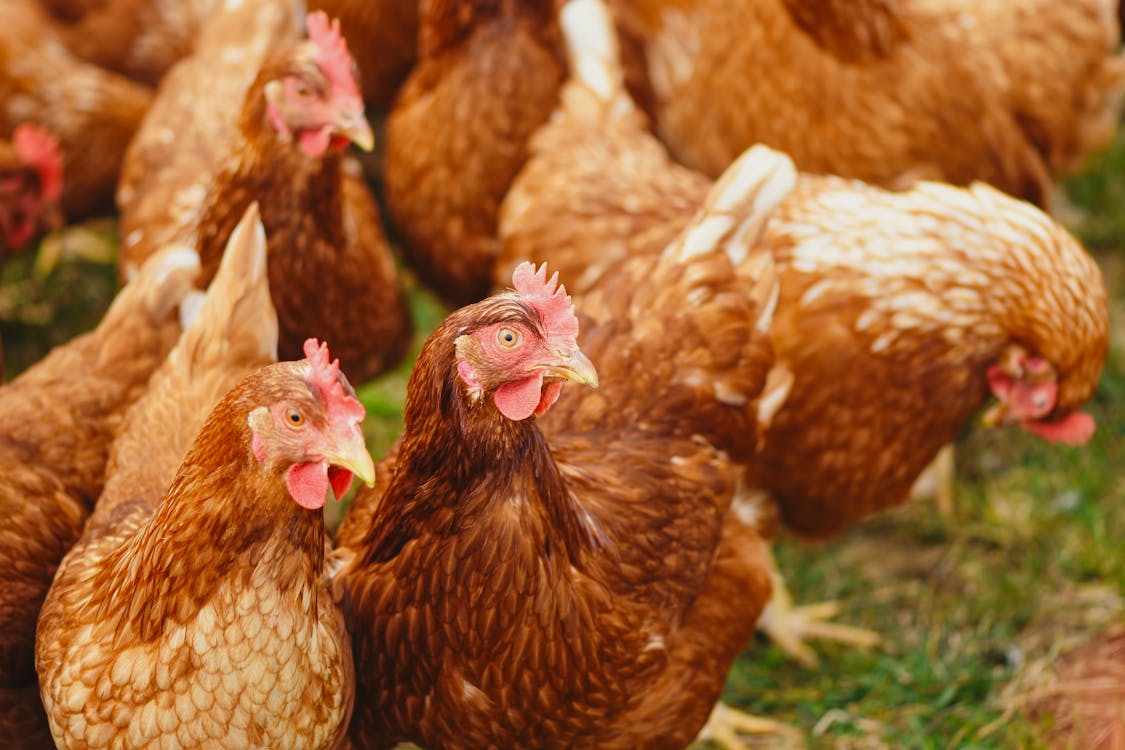
Use: IoT-enabled devices like Cowlar are worn by livestock, collecting data on their health and behavior. These devices monitor temperature, activity levels, and other vital signs, enabling early detection of illness, estrus, and calving. By providing real-time insights, IoT-enabled livestock monitoring helps farmers improve animal welfare, reduce losses, and increase farm efficiency.
12. Autonomous Fruit Harvesting Vehicles
Use: Companies like FFRobotics have developed autonomous vehicles designed to harvest fruits, such as apples and citrus. These robots use cameras and robotic arms to pick ripe fruit gently, minimizing damage and labor costs. They are particularly valuable for orchards with labor shortages and reduce the reliance on manual harvesting.
New agricultural machines are driving a transformation in the agriculture industry, enhancing efficiency, sustainability, and productivity. From autonomous tractors and robotic weeders to smart irrigation systems and vertical farming, these innovative technologies are revolutionizing the way we grow and harvest crops and manage livestock. As agriculture faces the challenges of feeding a growing global population while minimizing its environmental impact, these cutting-edge machines offer solutions that will shape the future of farming for generations to come.

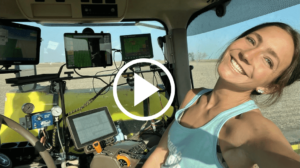




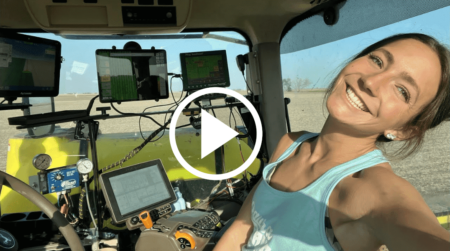
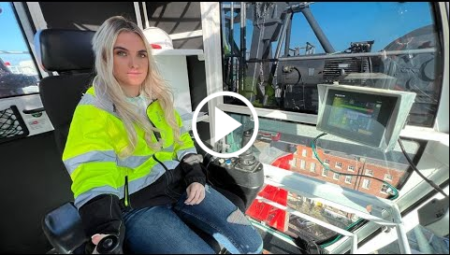
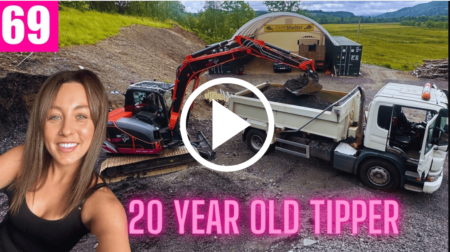
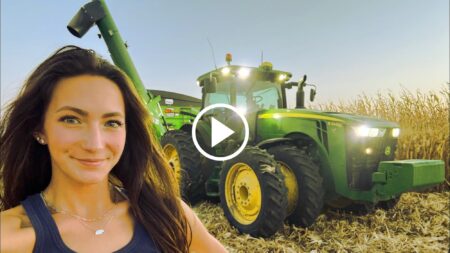
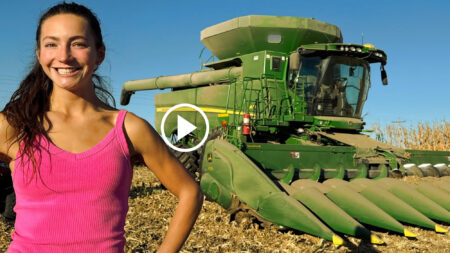

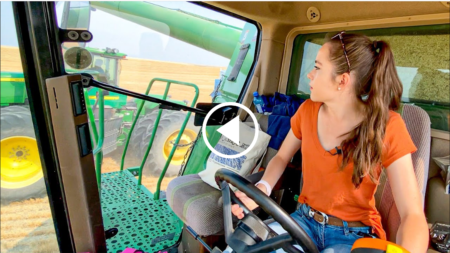
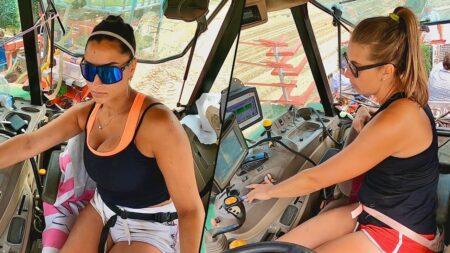

3 Comments
I love farming
Yes, I would have to go there a long time ago but I don’t have the money to operate in the market due to lack of capital. I know I was supposed to invest in agriculture but I didn’t have that hope but I want to go there
I looking for a farmer job,